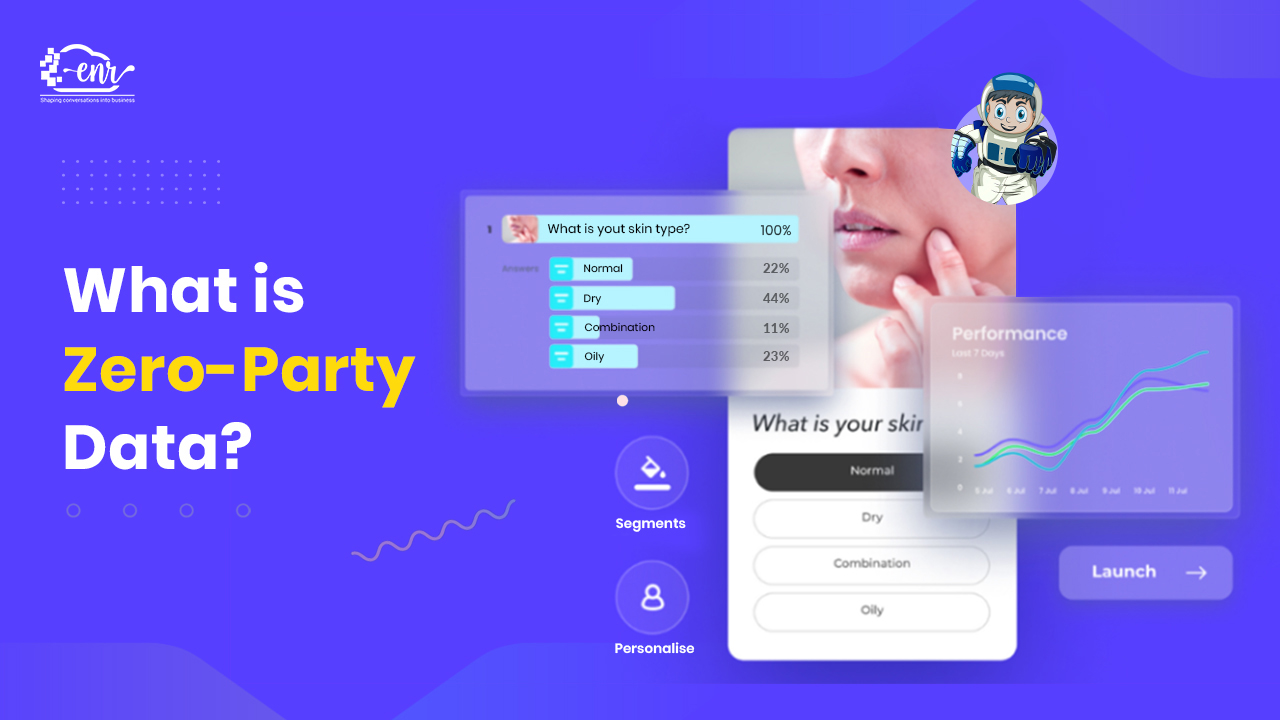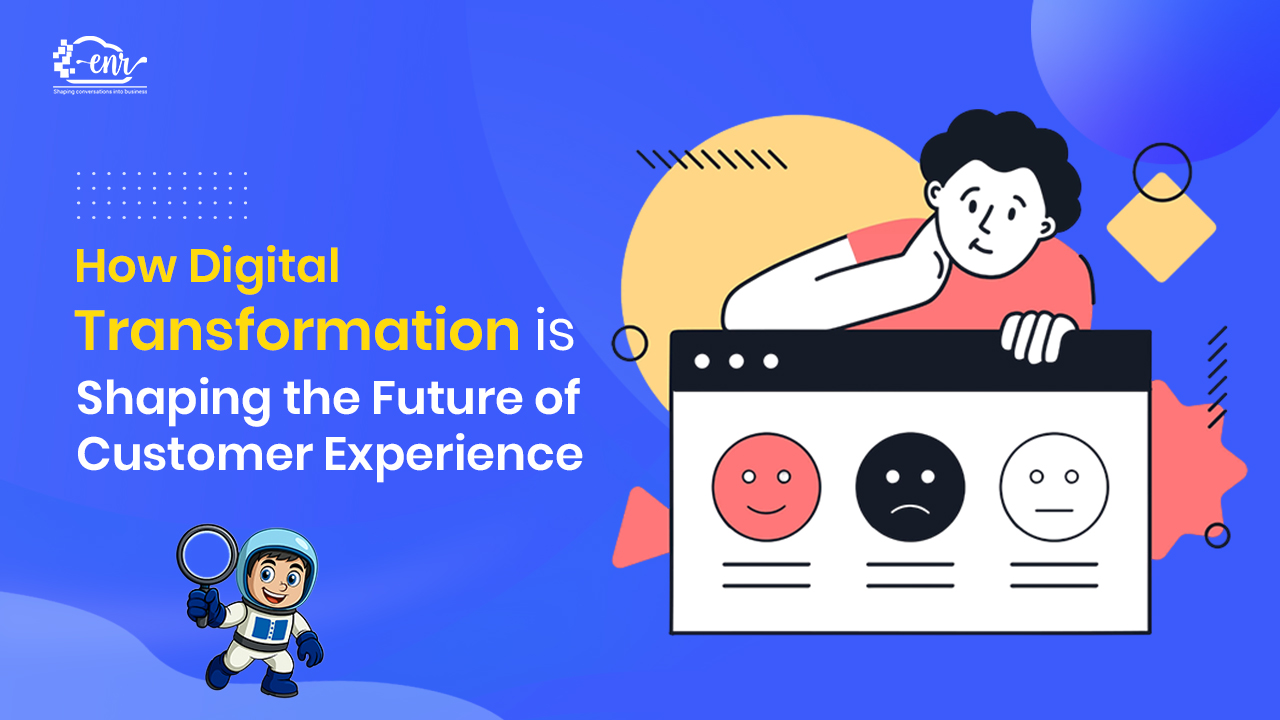Table of Contents
ToggleToday, zero-party data has become a hot topic on everyone’s lips
Did you know that every minute, countless pieces of your personal data are collected without your explicit consent? Data—a simple four-letter word—represents a complex and ever-changing world that affects us all.
We live in a paradoxical time. On one hand, we freely share details of our lives on social media, sometimes without realising just how much we’re revealing. On the other hand, there’s a growing concern about privacy, leading many to become more cautious about what information they disclose.
Your personal data is gathered from almost everywhere—websites, apps, social media platforms, data brokers, and advertising firms all track your activities online and offline, harvesting personal information.
And then?
This data is pieced together, shared, aggregated, and used in real-time auctions, fueling a massive $227 billion-a-year industry. This happens every day as we go about our lives, often without our knowledge or permission.
With such staggering numbers staring us in the face, it’s hard not to pause and wonder: How can we protect our data?
As awareness grows, people are making a conscious effort to avoid oversharing and are choosing companies that prioritize safeguarding their privacy. This shift in consumer behaviour underscores why zero-party data is both the hype and the hope for modern businesses.
But what exactly is zero-party data?
Zero-party data is information that customers intentionally and proactively share with a brand. This can include their preferences, purchase intentions, personal context, and how they want the brand to recognize them. Because it’s given freely, it’s the most accurate and reliable data a company can have.
In this article, we’ll explore why zero-party data matters and how it represents a new way forward in the relationship between businesses and consumers.
Understanding Zero-Party Data
The term Zero-party data was popularized by “Forrester”.
In the report, zero-party data is defined as “information that customers willingly and proactively share with a brand”
For data to be considered it First-party data, consumers themselves need to provide the information directly, unlike other data types. Data are provided by consumers to businesses in expectation of receiving something valuable in return.
How Zero-Party Data Differs from Other Data Types

Let’s understand the different types of data and how Zero-party data differs from the other three types of data.
First-Party Data
In first-party data, customer information is collected by companies through customer behaviour on its platforms or channels, such as website visits, purchase history, app usage, social media, Email and more.
Customer behaviour is tracked when collecting first-party data. It includes website activities of the customer such as what app links are opened, how long they have spent on the page, the product they are interested in, the product they have purchased, things they are interested in based on their search history and navigating behaviour.
It gives you a competitive advantage and is also reliable. However, collecting first-party data is worth collecting.
Zero-party data differs from first-party data in a way that it collects the data passively from the customer rather than being voluntarily provided by the customer.
Second-party data
Second-party data is another organisation’s first-party data, that is shared through a trusted partnership that you trust will offer quality and accurate data.
Second-party data can help businesses expand their knowledge from another business if it’s relevant to the company. They know the source of the data and can help your company fill the gap from second-party data.
The customers of second-party data are not aware that their data is being sold to another business whereas in zero-party data customers consciously provide their data.
Third-Party Data
In third-party data, companies aggregate data from various external sources without direct customer consent, often purchased from data brokers. Data aggregators pull together data from different sources, make a package and sell it together. Third-party data contains information like, public demographic information, CMS data, documentation, books, podcast and more.
Zero-party data stands apart because it comes directly from the customer, offering explicit insights into their desires and expectations. The company can benefit from them by providing personalisation content, product recommendations or connecting with them on the preferred communication channel.
Why is Zero-party data gaining popularity ?
Zero-party data are in the limelight as big tech leaders are moving away from tracking.
Whether it’s Apple’s Mail Privacy Protection, which stops marketers from collecting data of users such as the time and place you opened an email or Apple’s App Tracking Transparency feature which mandates firms such as Facebook to ask explicit permission to track the activities across the app and website.
Another big tech leader Chrome has restricted third-party cookies for 1% of users from January 4th, 2024- impacting almost 30 million people and is in talks to roll out a complete phase-out of third-party cookies by the second half of 2024, as part of its Privacy Sandbox initiative.
These privacy concerns, or phasing out of third-party cookies are making an impact and amid this impact, Zero-party data stands out as a promising alternative, for collecting data transparently and gaining customer trust.
The Benefit of Zero-Party Data for Your Business
Zero-Party Data is the new hope for privacy-aware personalisation, and holds several benefits over other data type. The benefits of Zero-party data are:
Personalization
Zero-party data are personal data directly provided by the customer. Since these data are direct permission from customers it allows businesses to make products, services and marketing messages as per individual needs and preferences. This leads to a more personalised experience that can increase customer satisfaction and loyalty.
Compliance with data privacy
With different privacy regulations such as the General Data Protection Regulation (GDPR) and the California Consumer Privacy Act (CCPA) and big tech companies creating more strict rules for usage of customer data, zero-party data follow all those compliance because of the nature of data collected. These data are collected with explicit content minimizing legal risks associated with data privacy laws.
Accurate data
The data source of Zero-party data is directly from the person who owns that data, so there is less possibility of data being inaccurate. There’s no point in guessing customer preference when the data is explicitly shared by them. This leads to better decision-making and more effective marketing strategies.
Customer Engagement
When data provided by customers is used by businesses to acknowledge and cater to fulfil their preferences, customers are more likely to engage with the brand. This can lead to higher open rates on emails, increased website visits, and more frequent purchases.
Trustworthy
In Zero-party data the pieces of information are willingly shared by the customer itself, so it is okay to believe that customers are telling the truth about themselves and it is also okay to believe that the company will use the data wisely and be more transparent and respectful of their privacy. This will build trust among customers.
What is the Source of Zero-Party Data?
The Zero-party data source depends on how creatively you can collect the customer data.
Create quiz, survey and poll
Engage customers with fun and informative quizzes or surveys that help them learn more about themselves while providing you with valuable insights.
Example: A beauty brand offering a skincare quiz to recommend suitable products based on the customer’s skin type and concerns.
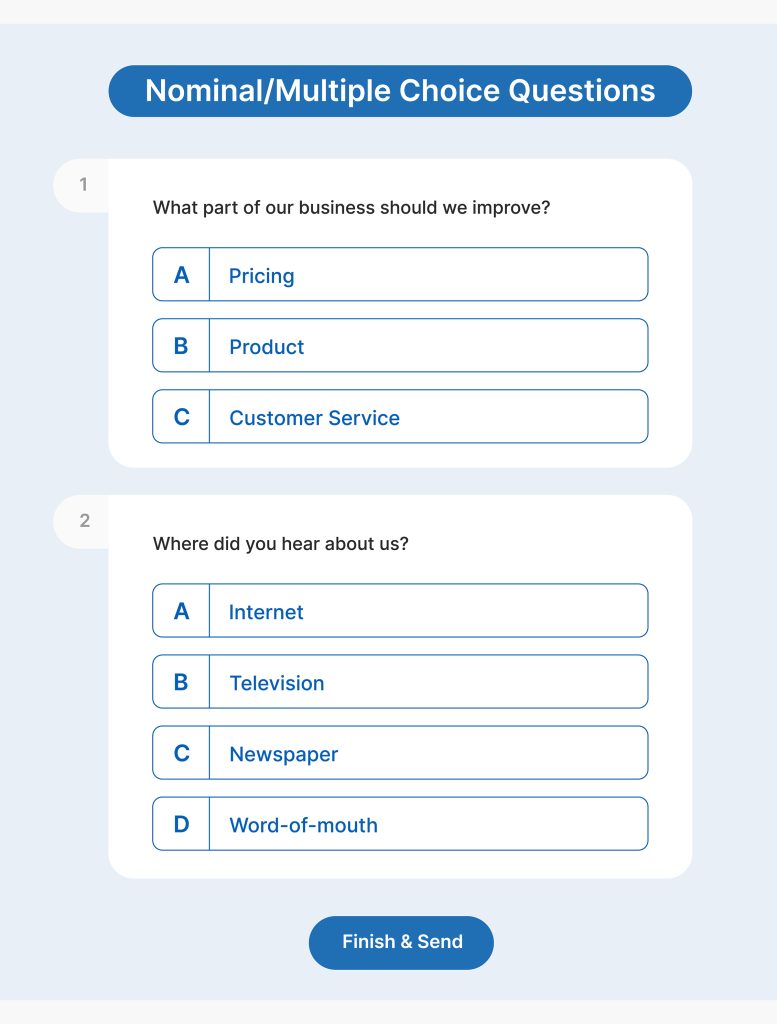
Preference Centre
Create a dedicated landing page where subscriber can update their preferences, interests, and communication choices.
Example: An email subscription page where users select topics they’re interested in or how often they wish to receive communications.
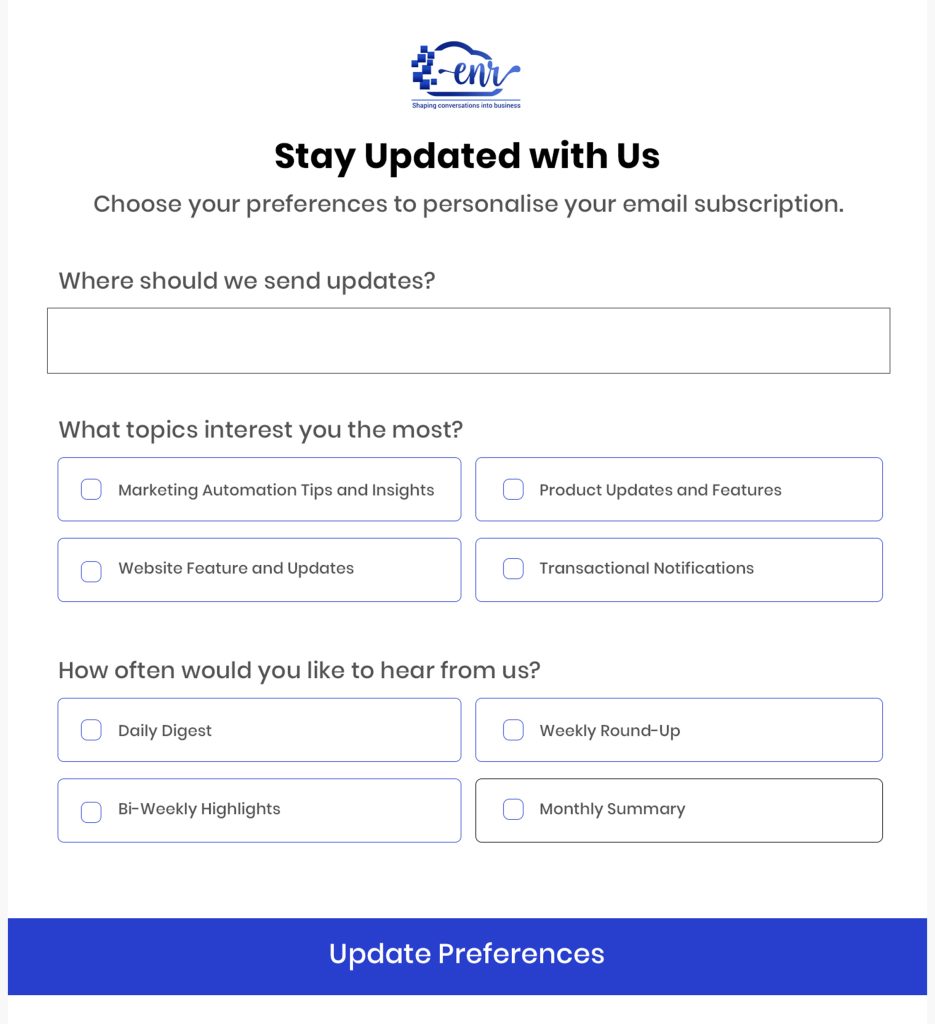
Personalized Offers and Contests
Offer incentives like discounts, exclusive content, or contest entries in exchange for information.
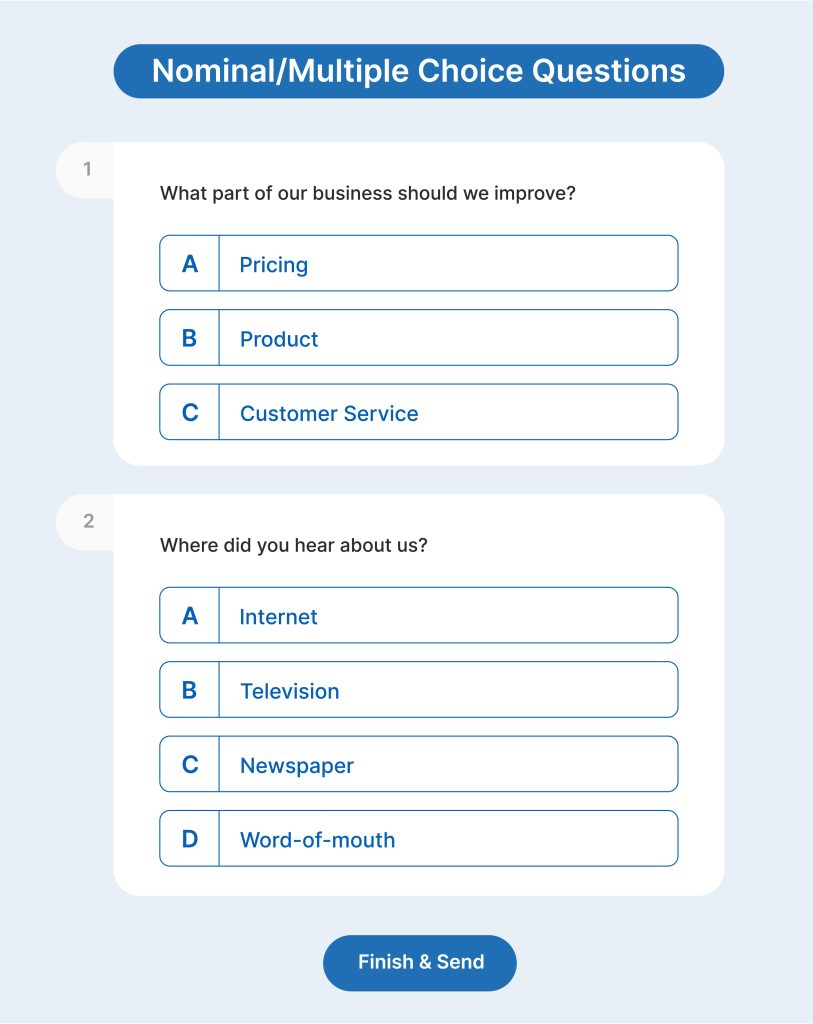
Social Media Engagement
Use polls, Q&A sessions, and interactive content on social media platforms to gather customer insights.
Example: A food brand running an Instagram poll to let followers choose a new flavour.
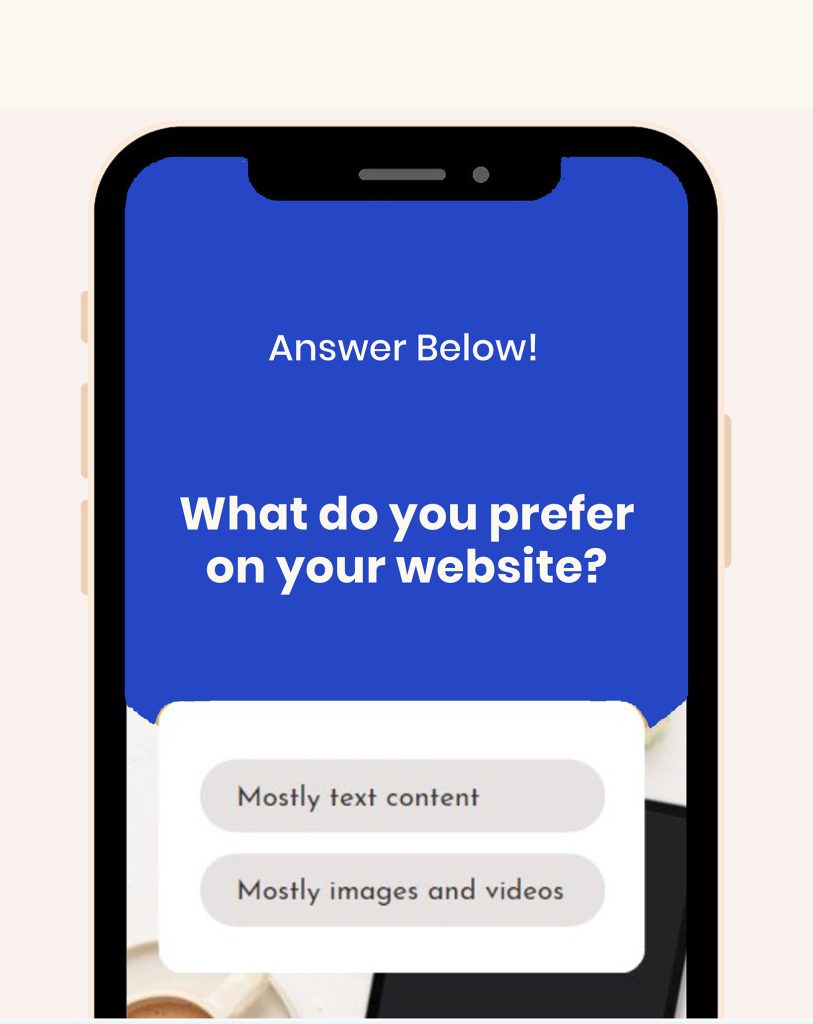
Customer Feedback and Reviews
Encourage customers to leave reviews or provide feedback after a purchase.
Example:
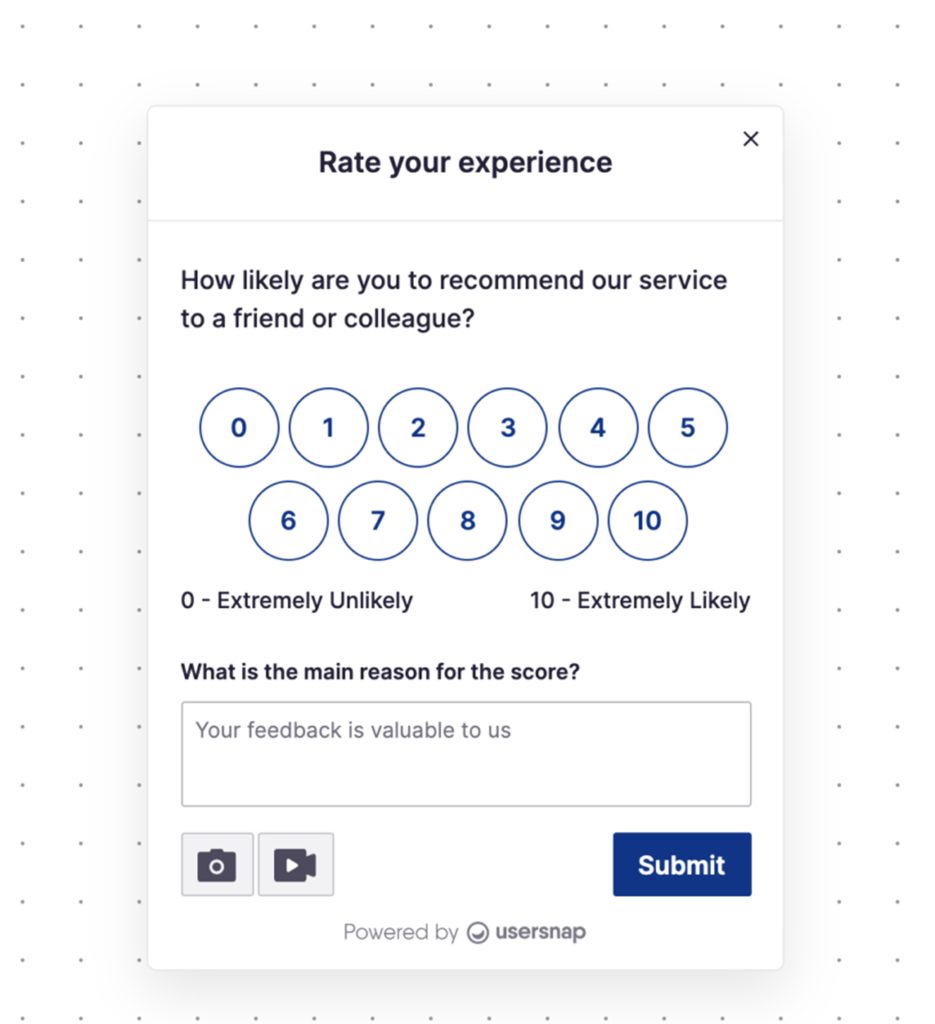
Virtual Try-Ons and Interactive Tools
Implement tools that allow customers to virtually try on products or customise their choices.
Example: An eyewear company offering a virtual try-on feature that asks for customer preferences to recommend suitable frames.
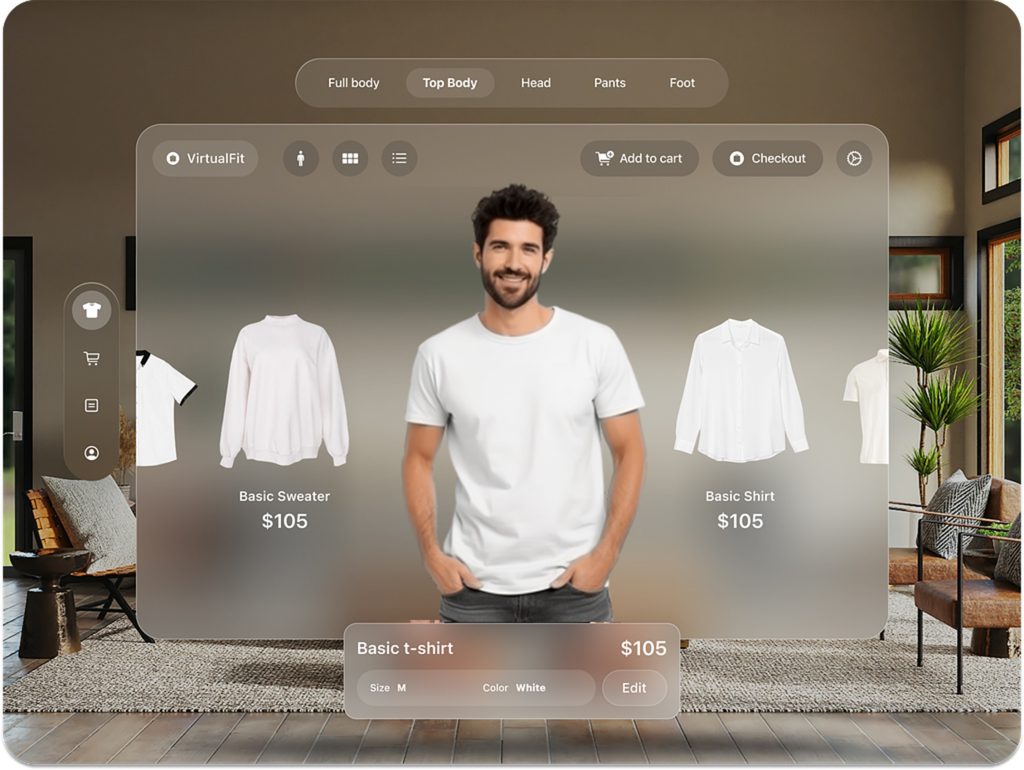
Zero-party data Strategy – How to build it?
Define a clear objective.
Determine what you want to achieve, whether it is personalisation, improved product development or enhanced customer engagement. Make sure that collecting zero-party data will support your business objective.
Right Collection Method
There are various methods available to collect the zero-party data from customers. Companies can use, feedback forms, surveys, personalisation forms, quizzes, polls and more. Choosing the right method as per the data you want to collect is very important.
Keep it Transparent and Exchange Value
When collecting data from customers clearly explain why are you collecting the data and how it will benefit the customer.
Try providing tangible benefits in exchange for the information they have provided like personalised recommendations to ease their search efforts or exclusive content to those who provide their email and personal data. Remember to make it valuable.
Data Security and Privacy
When customer shows full faith in you when sharing their data it is your duty to protect that information, and implement strong security measures to safeguard customer data. Keep yourself updated with privacy laws and ensure ongoing compliance.
Keep your customer in the loop
Keep your customers informed about any changes made in the usage of data or any changes made in your data privacy policy. Continuously engage with customers.
Integrate your Data Source
There might be different data sources like first-party data, and zero-party data, and merge them to get a comprehensive view of the customer. Use those analytics and insights to improve your marketing campaigns and better your customer experience.
Adaptive to Feedback
It’s important to take feedback, but without your action, it is just like seeds planted in your mind; without action, they’re just seeds that never grow into change. Regularly check the effectiveness of your zero-party data initiative and try to improve from the insights you get to meet the changing customer needs.
Monitor and Adapt
Regularly check the effectiveness of your zero-party data initiatives, and use the data and insights gained from analysis to improve your customer experience and meet their needs.
Conclusion
To sum up, zero-party data offers a golden opportunity for businesses to understand and connect with customers on a deeper level. By collecting information that customers willingly provide, brands can create personalised experiences that build trust and loyalty. Implementation of a zero-party data strategy not only helps adhere to privacy regulations but also paves the way for long-term success in a market that values transparency and customer engagement.
By focusing on zero-party data, you’re taking a significant step toward building stronger relationships with your customers. Start integrating these strategies today to stay ahead in a world where privacy and personalisation go hand in hand.
Read Also: Know More About Personalization: A Comprehenshive Guide
Written By – Alisha Limichana
Alisha Limichana is a seasoned growth marketer and part of the MCG team at EnR Cloud, specializing in driving business growth through innovative strategies. She has a proven track record of delivering impactful marketing campaigns. Outside of work, Alisha enjoys exploring the mountains, travelling, and staying active and fit.

